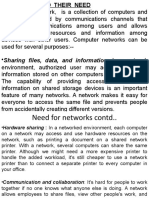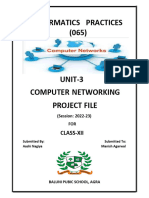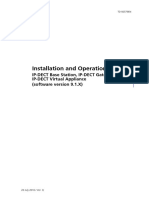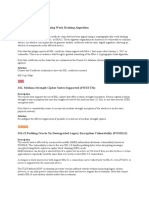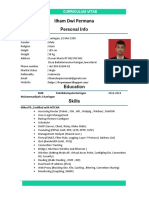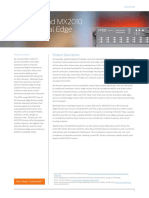0% found this document useful (0 votes)
3 views3 pagesNetworking Devices
The document outlines various networking devices including modems, hubs, switches, routers, access points, gateways, repeaters, bridges, firewalls, and NICs, detailing their functions in connecting and managing networks. It also describes different network topologies such as bus, star, ring, mesh, tree, and hybrid, highlighting their advantages and disadvantages. Overall, it emphasizes the importance of topology in determining network structure, efficiency, cost, and fault tolerance.
Uploaded by
muffyyyashrafiCopyright
© © All Rights Reserved
We take content rights seriously. If you suspect this is your content, claim it here.
Available Formats
Download as DOCX, PDF, TXT or read online on Scribd
0% found this document useful (0 votes)
3 views3 pagesNetworking Devices
The document outlines various networking devices including modems, hubs, switches, routers, access points, gateways, repeaters, bridges, firewalls, and NICs, detailing their functions in connecting and managing networks. It also describes different network topologies such as bus, star, ring, mesh, tree, and hybrid, highlighting their advantages and disadvantages. Overall, it emphasizes the importance of topology in determining network structure, efficiency, cost, and fault tolerance.
Uploaded by
muffyyyashrafiCopyright
© © All Rights Reserved
We take content rights seriously. If you suspect this is your content, claim it here.
Available Formats
Download as DOCX, PDF, TXT or read online on Scribd
/ 3























